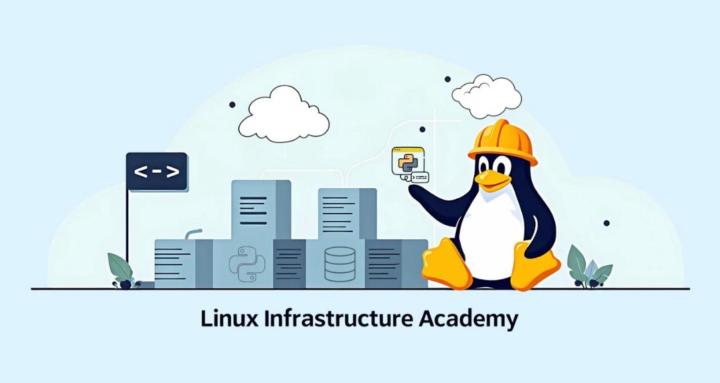Aug 19 • General discussion
Linux Tip of the Day: 🗄️
When setting up storage on Linux, RAID (Redundant Array of Independent Disks) helps balance speed, redundancy, and capacity. Each RAID level has trade-offs—here’s a quick reference you can keep in your sysadmin toolkit:
🔹 RAID 0 (Striping)
- What it does: Splits data evenly across disks.
- Pros: Maximum performance, all storage space usable.
- Cons: No redundancy—if one disk fails, everything is lost.
- Use case: Scratch data, non-critical high-speed workloads.
🔹 RAID 1 (Mirroring)
- What it does: Duplicates data across disks.
- Pros: Excellent redundancy, simple recovery if one disk fails.
- Cons: Storage efficiency is 50% (half of total capacity is used for copies).
- Use case: Critical systems, databases, or boot drives.
🔹 RAID 5 (Striping + Single Parity)
- What it does: Spreads data and parity across disks.
- Pros: Good balance of storage efficiency and redundancy.
- Cons: Can only survive one disk failure; rebuilds are slow and stressful on remaining disks.
- Use case: File servers where cost efficiency matters.
🔹 RAID 6 (Striping + Double Parity)
- What it does: Like RAID 5, but with two parity blocks.
- Pros: Can survive two disk failures.
- Cons: More overhead, slower writes, requires at least 4 disks.
- Use case: Large storage arrays where redundancy is critical.
🔹 RAID 10 (1+0, Mirrored Stripes)
- What it does: Stripes data across mirrored pairs.
- Pros: High speed and strong redundancy.
- Cons: Needs at least 4 disks, only 50% storage efficiency.
- Use case: Databases and applications needing both speed and fault tolerance.
🔹 Other Levels (less common but useful):
- RAID 2, 3, 4: Rarely used today due to inefficiency.
- RAID 50 / 60: Nested levels combining RAID 5/6 with striping for extra performance.
- JBOD (Just a Bunch of Disks): Not true RAID—disks are concatenated for capacity, no redundancy.
👉 Takeaway:
- Choose RAID 0 for speed, RAID 1 for safety, RAID 5/6 for balance, and RAID 10 for performance + redundancy.
- RAID ≠ Backup. Always pair RAID with regular off-system backups.
4
1 comment

skool.com/linuxinfrastructureacademy
Master Linux infrastructure and DevOps skills with hands-on labs, tools, and community support. Build smarter, faster, and more secure systems.
Powered by


